Carbon black is a black powdery substance produced by incomplete combustion or thermal cracking of hydrocarbon compounds under strictly controlled process conditions. Its main component is elemental carbon and contains a small amount of oxygen, hydrogen and sulfur. Carbon black particles are approximately spherical in shape and have a particle size between 10 and 500 μm. They are one of the oldest industrial products.
As a functional material, carbon black has excellent rubber reinforcement, coloring, conductivity or antistatic and ultraviolet absorption functions. It is irreplaceable in many fields such as plastics, chemical fibers, inks, coatings, electronic components, leather chemicals, and dry batteries. role. Carbon black can also be used in the metallurgical and carbon industries as a high-purity carbon material.
However, due to the extremely strong aggregation and high oil absorption of carbon black particles, it is difficult to disperse carbon black in various pigments. Therefore, in order to form a stable dispersion system in the coating, it is necessary to select the appropriate dispersant and carbon black and determine the appropriate dosage.
Water-based ink has great advantages in terms of environmental protection and cost. However, whether it is imported ink or domestic ink, the printability and quality still do not meet the standards of solvent-based ink. Although the binder directly determines the performance and printing effect of the ink, such as viscosity, adhesion, gloss and dryness. However, water-based ink is a complex mixing system. In addition to selecting appropriate binders, there are also various additives to choose from. Only when various raw materials are appropriately selected and the components are compatible can high-performance ink be prepared. .
Because water-based inks use a large amount of water as solvent, the surface tension of the system is high, resulting in the ink being unable to wet the surface of the substrate material and the ink holes of the gravure printing roller well, resulting in uneven printing ink films and obvious network phenomena. Therefore, A variety of additives must be used in ink to improve system shortcomings. For example, water-based ink must undergo multiple high-speed shearing, grinding, and dispersion processes during the production process, which will inevitably produce a large number of bubbles. In this case, defoaming agents must be used; water-based ink Only in an alkaline environment, additives such as thickeners and dispersants will work better for ink. In actual production, if the pH value of the ink is controlled between 8.0 and 9.0, a pH regulator must be used; the function of the leveling agent is to make the ink form a flat, smooth and uniform coating film during the drying and film forming process, etc. The selection of the type and amount of additives is mainly made by the ink formulator based on his own experience and common sense, and combined with the use of the ink, he must select the appropriate additive type to adjust the application performance of the ink to achieve the best match.

